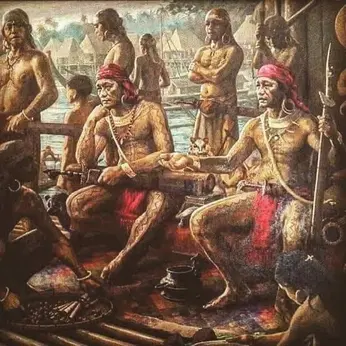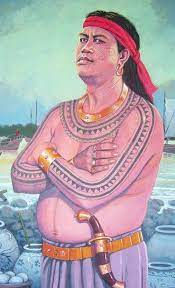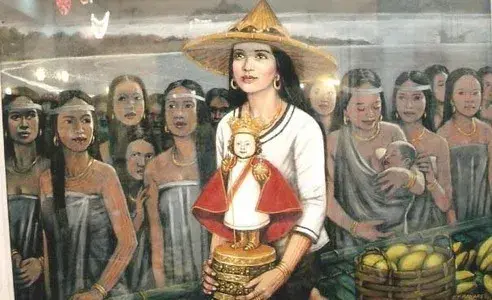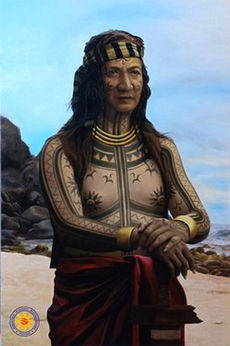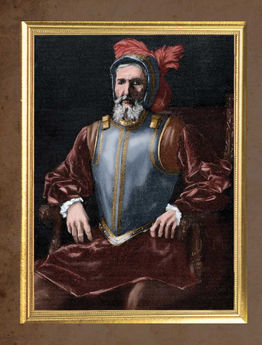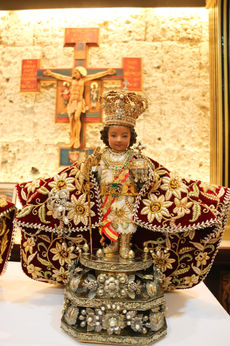History of Cebu
Cebu City, the capital of Cebu, is considered to be the oldest city in the Philippines. It is also known as the oldest settlement established by the Spaniards in the country.
Cebu goes way beyond 439 years ago when the island became a province at the start of the Spanish colonization. Long before that, it was already the center of trade in what is now the southern Philippines, dealing with traders from China, Malaysia, Japan, India, Burma, and other parts of Asia. Cebu already had an organized social structure before the Spaniards came, with small groups headed by a datu who served as leader. A datu governed his community, settled disputes, made decisions, protected his village from enemies, led them into battle, and received labor and tributes from his people. The position is both a political office and a social class. Although his power depended on his wealth, the number of subjects, and his reputation for physical prowess. A community ranged from 30 to 100 households grouped as a barangay and was one based mostly on kinship. Aside from the datu, there were free men called Timawa and then the Olipon. Spanish reports called the role of an Olipon as dependent rather than a slave, because of the absence of violence and harshness notable in European slavery.
People in Cebu then were called Pintados because men were heavily tattooed. Lavish ornaments such as gold jewelry were used not only by women but also by men. Prior to Spanish colonization, there were already permanent townhouse-looking wooden structures where the datus lived. Ordinary people lived in field cottages or balay-balay that were on stilts: hagdan (house ladder) was a common sight, with floors (salog) made of bamboo or wood and roof (atop) made of palm tree shingles.
In 1521 Ferdinand Magellan and his troops arrived in Cebu and were warmly welcomed by Rajah Humabon’s community which converted to Christianity. But Magellan was not welcomed well at the island of Mactan, where he was slain by the local chieftain, Lapulapu. Cebu remained free until Miguel Lopez de Legazpi arrived in 1566. It was then the start of the transformation of Cebu’s civilization under the Spanish regime: Catholic churches were built, priests ruled communities alongside civil leaders, and watchtowers were scattered along the island to guard against Moro raiders.
On the economic and cultural side, fiesta celebrations were embraced, new agricultural products were introduced, royal decrees led to commercial and agricultural expansion, and the establishment of elementary schools in every municipality. From 1872 to 1896, however, extensive propaganda against abuses of Spaniards was done, a sugar crisis ended the agricultural prosperity Cebu province enjoyed and in 1892, sugar barons or Hacienderos were forced to declare bankruptcy. The Philippine Revolution began against Spain in 1898, but before the fruits of independence could bloom, the American troops arrived, United States sovereignty over the Philippines was declared and on February 7, 1900, the Filipino-American war broke out.
The rest of Cebu’s history was then tied to events in the country and the rest of the world: World War II, Japanese occupation, postwar reconstruction, Philippine independence, the declaration of Martial Law, and so forth. But amid all these events, history has witnessed the valiant spirit of the Cebuanos: principled and resilient, exercising hard work, high standards of morality, and professionalism that have since made Cebu a cut above the rest.
